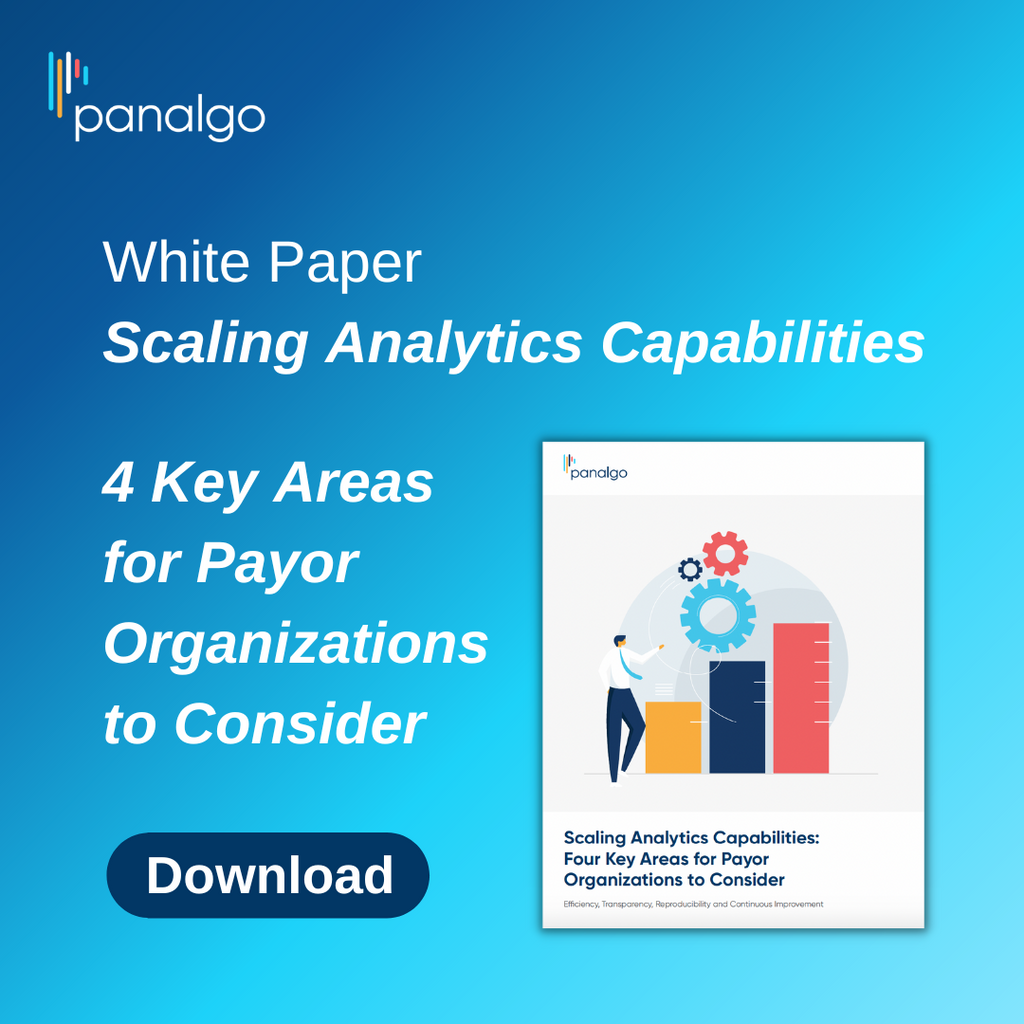M&A Interest Is Growing Across Various Health Care Services Sectors
-
Feb 20, 2025
Fourth-quarter 2024 “capped a dynamic year” for merger and acquisition (M&A) activity within health care services, including among large wholesalers purchasing physician groups, as well as interest in infusion providers. That’s according to health care investment banking firm Provident Healthcare Partners in introducing the most recent quarter’s market update report. In addition, private-equity groups continued to be active within health care services, both with platform companies and add-ons to those entities. And with a new administration perceived by many to be pro-business, expectations are high that deal activity across several sectors will be strong, say many industry experts.
In fact, this already has been seen in the pharma industry, which started the new year with multiple deals unveiled at the J.P. Morgan Healthcare Conference in mid-January, led by Johnson & Johnson’s $14.6 billion deal for Intra-Cellular Therapies.
AIS Health spoke with two directors at Provident, Ajeya Shekar and Steven Grassa, on some of the factors driving M&A activity in various health care services sectors and their expectations for future trends. (Editor’s note: These comments have been edited for length and clarity.)
AIS Health: How would you describe the M&A activity over the past year or so within the health care services industry? Are there particular trends that you’ve noticed?
Shekar and Grassa: M&A activity in health care services saw a significant bounce back in 2024. Health care services is highly dependent on labor, so as workforce trends and wage inflation have stabilized across most markets, we’ve seen financial performance improve and drive more dealmaking activity as a result. In addition, lowering interest rates have reduced the cost of capital for M&A, spurring an increase in deal volumes. Overall, many investors have retained a similar thesis as in years past — to align with organizations that can deliver high quality services at a reduced cost of care. However, cash-pay models like aesthetics and B2B [business-to-business] health care models such as equipment refurbishing/distribution and outsourced pharma services have become more attractive given greater price elasticity than reimbursed health care models.
AIS Health: What do you expect to see in M&A activity within health care services moving forward? Is that mainly attributable to the new administration or other factors?
Shekar and Grassa: We expect to see an increase in deal activity in 2025, and beyond, for several reasons. Lowering interest rates as well as stability in labor costs have created more visibility for investors and therefore more transaction activity. There is some optimism about the new administration being more friendly to M&A at the federal level, although several states have been implementing stricter premerger notification requirements.
In addition, there have been several high-profile combinations of publicly traded health care companies and large physician groups such as Cencora’s acquisition of Retina Consultants of America, Cardinal Health’s acquisition of GI Alliance and McKesson’s partnership with Prism Vision Holdings, which will allow for those organizations to expand their health care drug delivery capabilities to include provider services as well. These high-profile transactions with well-funded parent companies will offer an alternative to the typical payer-provider or private-equity-backed transaction structures to independent groups and PE-backed organizations.
AIS Health: How many of the companies involved are private-equity groups vs. strategic acquirers?
Shekar and Grassa: Private-equity groups have continued to be leading consolidators of health care services companies, either on a platform basis or through bolt-on acquisitions. That said, hospital systems, payers and publicly traded entities have made significant inroads on these transactions given their ability to leverage unique synergies and access to vast capital resources that are attractive to groups considering a transaction.
AIS Health: What are the sectors that are leading transactions, and why?
Shekar and Grassa: There are several health care subsectors drawing significant investor attention. Outsourced pharma services have been highly sought after given increased drug development activity and heightened outsourcing activity from sponsors, while being a low capital expenditure business and not being reliant on government or commercial reimbursement. In addition, health care B2B verticals such as technology-enabled health care services and outsourced payer services offer greater recurring revenue potential while being on the forefront of health care’s trend toward efficiency. Lastly, consumer-facing health care services providers like aesthetics and wellness services have been top of mind given the cash-pay nature of those services and growing consumer demand.
AIS Health: Are there any sectors that have less activity than usual? If so, to what can that be attributed?
Shekar and Grassa: Certain health care services verticals have seen diminished activity compared to prior years as strategic consolidators due to macroeconomic conditions. As interest rates rose and cost of labor increased across the U.S. without a corresponding increase in reimbursement rates, many PE-backed consolidators in areas like ophthalmology and radiology slowed down their acquisition efforts to focus on shoring up their existing operations. Other areas saw diminished activity as increased demand for their services during COVID slowed in 2023 and 2024. For example, there have been fewer travel nurse staffing deals recently in comparison to 2021 and 2022, which saw high bill rates due to labor shortages. However, given the defensive nature of health care services, we’ve seen greater resiliency in transaction volumes in comparison to other areas of the economy.
AIS Health: There seems to be a lot of focus on mental health in general lately. How has that sector been performing? What do you expect to see in it moving forward?
Shekar and Grassa: M&A was down from a volume standpoint compared to prior years, but we’re expecting strong deal flow in 2025, particularly for businesses that target adolescent populations and PHP/IOP [partial hospitalization programs/intensive outpatient programs] levels of care. We also expect to see significant activity within interventional psych, as those modalities continue to gain traction in the space. Demand for services continues to be high, which we will see translate into continued investor interest in the space.
AIS Health: How has the pharma services sector performed recently? Do you expect that to change? Why or why not?
Shekar and Grassa: 2023/2024 were tough years for folks due to a volatile biotech funding market. Lots of groups struggled to firm up backlogs. Looking into 2025, the market looks positive but will be case by case to some extent. Many groups we are speaking with are optimistic, but time will tell. That being said, there has been a lot of M&A activity, especially for groups focused on commercialization. Private equity has steered away from reimbursement risk and towards pharma services, increasing demand for platforms and add-ons. Platforms typically grow by acquiring additional services/products to better serve pharma sponsors, diversify revenue and enhance cross-sell abilities.
AIS Health: How has the pharmacy and infusion services sector performed recently? What do you expect to see with it looking ahead?
Shekar and Grassa: Interest in infusion is as high as it’s ever been, especially on the heels of several high-profile transactions that have recently been announced. Most recently HIG exited Soleo Health to Court Square/Windrose and RC Capital exited FlexCare to Optum. Many of our conversations with investors at recent conferences referenced infusion as an area of interest at some level. New biologic drugs and biosimilars (generics) are entering the market, expanding demand for services. The overall demographics of the population and the prevalence of chronic diseases that are treated with infusion therapy will also drive an increase in market size. Home infusion, ambulatory infusion centers and office-based infusion suites are typically more cost-effective and the preferred site of service for patients, and, in turn, investors. As payers push for reduced costs, we expect more value-based care arrangements that will likely bundle infusion to reduce the overall cost of care.
AIS Health: Among the various physician practice management areas, where is the greatest amount of activity, and why?
Shekar and Grassa: In terms of overall deal count, bolt-on activity in dental services, veterinary and dermatology services have led the way with consistent deal volume to prior years. M&A continues to be the quickest way for organizations in these fragmented specialties to grow, and consolidators have been able to leverage economies of scale and ancillary services to drive post-acquisition profitability.
AIS Health: The glucagon-like peptide-1 agonists (GLP-1s) seem to be the big story in health care right now, as the drugs are having an effect beyond the people who take them: e.g., bariatric surgeries are down; use of certain medicines like ones for back or knee pain is down; fitness center memberships are up. Are there any sectors you cover that are experiencing downstream impacts, positive or negative, from the growing use of the GLP-1s?
Shekar and Grassa: GLP-1s have been a focal point for aesthetics and plastic surgery providers as a logical ancillary service that’s sought after by their patient base. Given the profitable nature of these services, however, there has been investor scrutiny over the sustainability of GLP-1 margins over time. In addition, groups who are providing off-label GLP-1s that have been compounded have drawn compliance concerns from potential investors.
© 2025 MMIT












